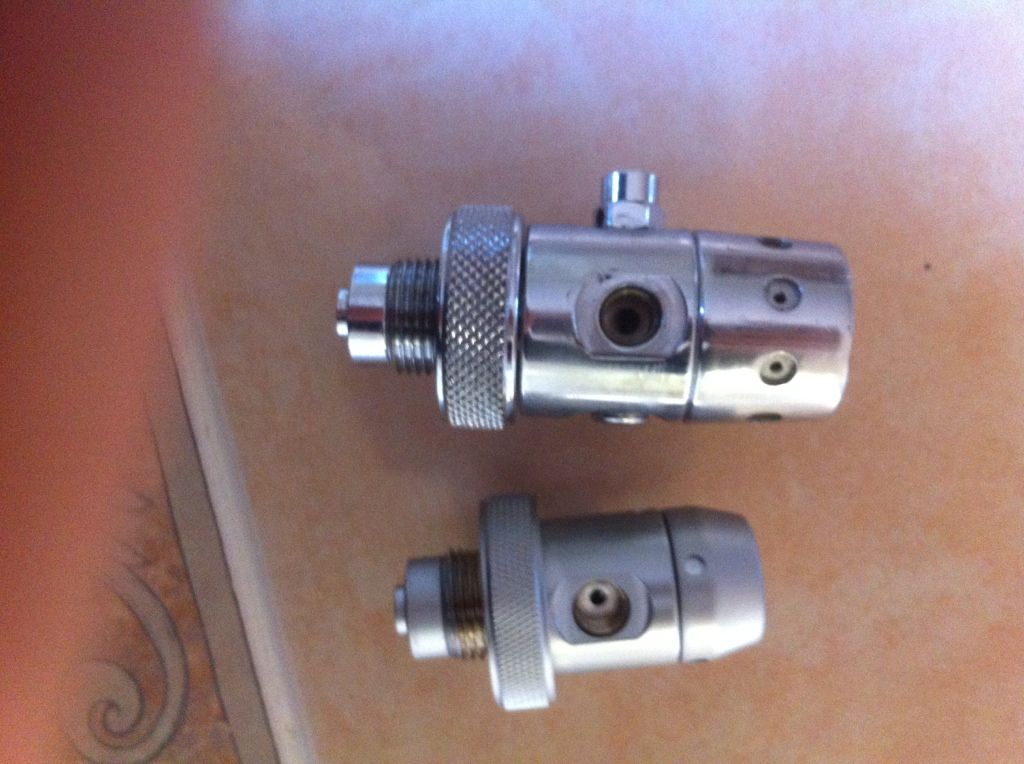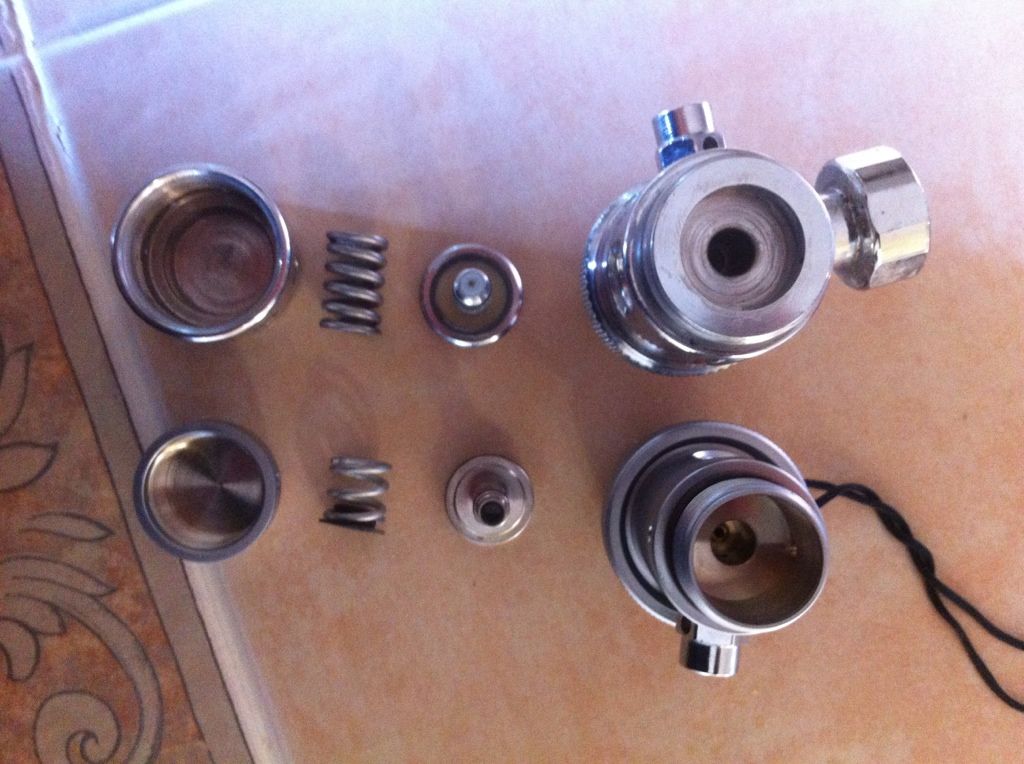Its an interesting analogy, but there are a few crucial differences between climbing gear and scuba gear. First, newer ropes (and most climbing gear) really are better, where scuba regulators have not really improved in decades. Second, as a climber, your life really does depend on your gear protection (ropes, harnesses, biners, etc) and eventually every mountaineer who climbs in high consequence situations will absolutely test the safety of that protection. Everybody falls eventually, and at that moment your life is literally hanging on a rope. This is not the case with diving; all diving protocols that I am aware of specifically address gear failure. At no point in anyone's dive should their life depend on a functioning of a regulator. The other thing is that you can easily test dive gear, and determine that it's working correctly. With climbing protection, you really don't know if it's working until the instant you need it.
I would not buy used climbing ropes or biners or quickdraws, etc, because there really could be damage caused by a fall that's not apparent, at least to me. But I buy used regulators all the time (I have a bit of a problem, I admit...) .





